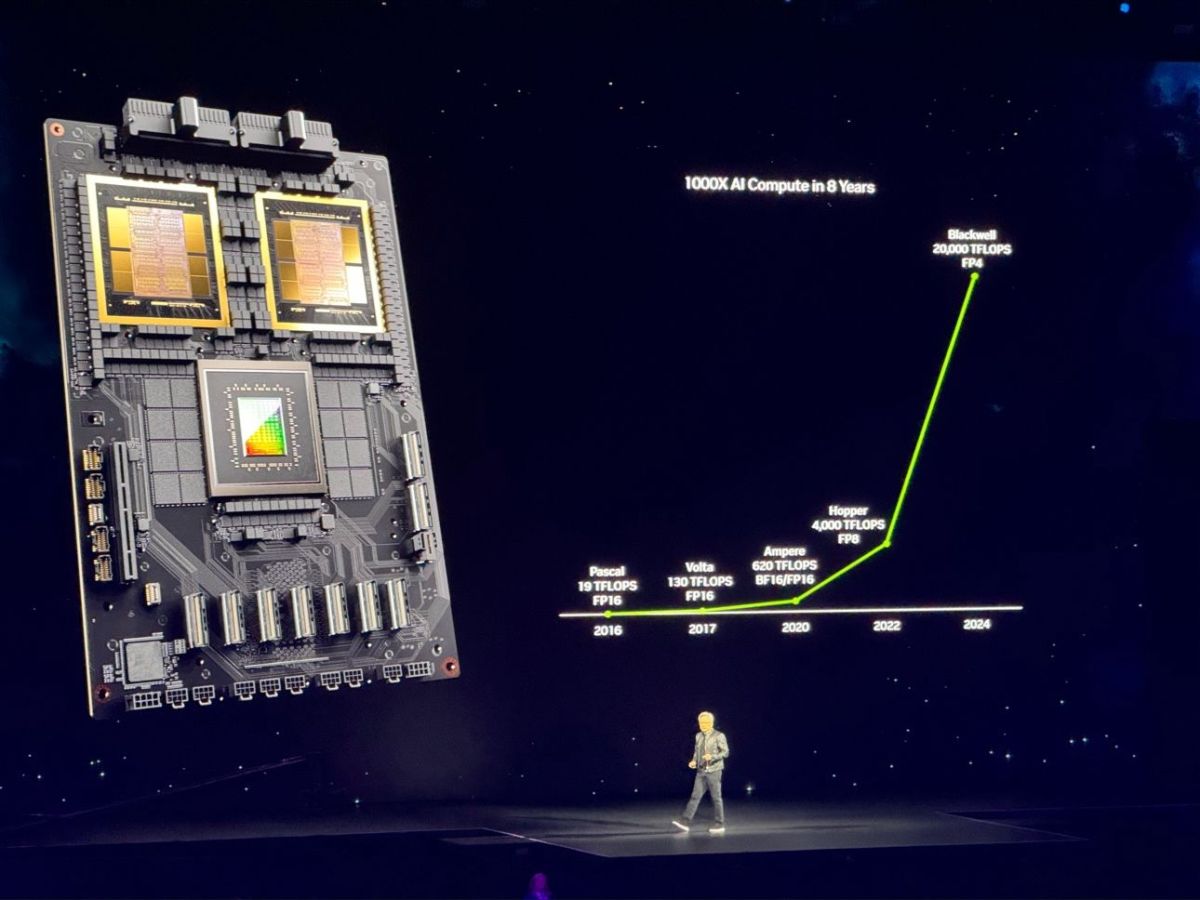Cutting-edge technology has the potential to revolutionize language processing techniques, as researchers have developed a new approach to optimizing the performance of transformer models, such as GPT-3. This groundbreaking method stands to enhance the speed and efficiency of language models, paving the way for a new era of possibilities in natural language processing.
The innovative technique, which has garnered significant attention from experts in the field, represents a major leap forward in the realm of artificial intelligence and machine learning. By applying this method to transformer models, researchers have unlocked the potential for unprecedented advancements in language processing capabilities.
The implications of this development are far-reaching, with potential applications spanning various industries and sectors. From accelerating the speed of language translation to improving the effectiveness of virtual assistants, the possibilities for leveraging this technology are virtually limitless.
As researchers continue to refine and expand upon this technique, the future of language processing is poised to undergo a revolution, ushering in a new era of innovation and advancement in the field of artificial intelligence. With the potential to significantly enhance the performance of large language models like GPT-3, this latest development holds the promise of transforming the way we interact with and utilize language processing technologies.

I’m a highly experienced and respected author in the field of cryptocurrency. I have been writing about Bitcoin, Ethereum, Litecoin and other digital currencies for over 5 years which is widely regarded as one of the most knowledgeable and reliable sources of information in this area.








